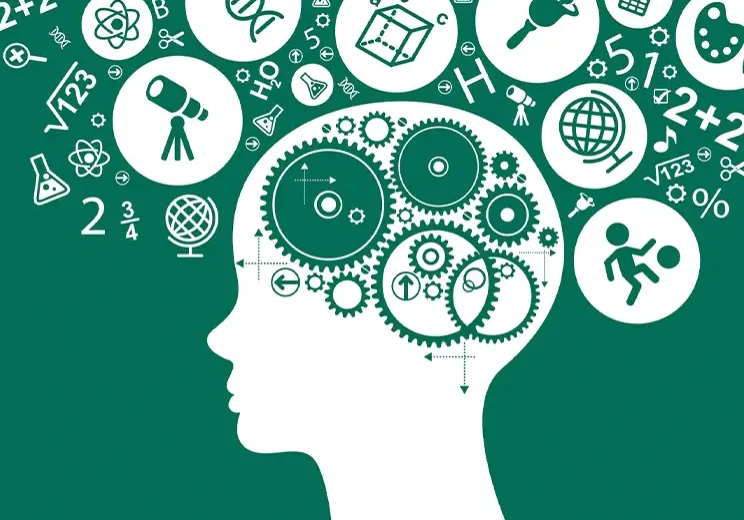All About Behaviorism Learning Theory!
Updated: June 19, 2024
Published: November 5, 2023

In this blog, we’ll be exploring the world of Behaviorism Learning Theory, also known as behaviorism. This psychological perspective asserts that our behaviors are shaped through conditioning, where we learn from reinforcement and punishment in our interactions with the environment.
Instead of delving into inner thoughts and emotions, behaviorism shines a spotlight on external factors that mold our behavior. So, let’s explore this theory and understand how it influences our actions, regardless of personality traits, genetic makeup, or internal musings.

Let’s Unpack the Key Concepts of Behaviorism
Behaviorism didn’t just spring up overnight. It emerged in the late 19th century as a reaction to introspective psychology. But it was in 1913 that John Watson officially established it as a distinct school of thought. Watson championed the significance of observable behavior in comprehending human psychology. Out of this, two pivotal concepts surfaced: classical conditioning and operant conditioning.
We’ll explore each of these in the sections below!
Classical Conditioning: How Associations Shape Behavior
Classical conditioning is an automatic or unconscious learning that creates a conditioned response because of associations between a neutral and unconditioned stimulus. It states that behavior is learned whenever a neutral stimulus relates to a positive one.
Remember Pavlov’s dog? His dog, as most do, naturally salivated at the sight of food (the unconditioned stimulus). For his experiment, Pavlov simply rang a bell (a neutral stimulus) every time the dog encountered food. Over time, the dog starts salivating at the sound of the bell alone, even without food in sight. The bell, in this scenario, becomes the conditioned stimulus, triggering the salivation response, known as the conditioned response.
This famous example demonstrates how classical conditioning unveils the secrets of how behaviors are learned and how they can be tweaked by pairing different stimuli.
Operant Conditioning: Rewards and Consequences in Action
Operant conditioning, also called instrumental conditioning, revolves around the idea of rewarding or punishing behavior to increase or decrease its likelihood of recurrence. Imagine a student who always receives a gift card as a reward for taking a test. This reward (the reinforcement) encourages the student to continue excelling. Conversely, if a student is reprimanded for submitting an assignment late (the punishment), they’re less likely to repeat the tardiness. Here, behavior is shaped by its outcome.
The Evolution of Behaviorism
So how did we arrive at these theories? Over the years, behaviorism underwent distinct phases, each marked by unique approaches and theories.
Watsonian Behaviorism (1913-1930): Named after founder John B. Watson, this phase underscored the role of environmental factors in molding behavior. Watson rejected the notion of studying internal processes like thoughts and feelings, deeming them unmeasurable.
Neo-behaviorism (1930-1960): Also known as cognitive behaviorism, this movement emerged in the 1930s to expand on classical behaviorism. It acknowledged internal mental processes like memory and problem-solving—figures like Edward C. Tolman and B.F. Skinner played a pivotal role in this phase.
Socio-behaviorism (1960-present): This contemporary perspective looks at how individual behavior and social context interact. Albert Bandura, a leading advocate, proposed that learning stems not only from personal experiences but also from observing the behavior of others.

Types of Behaviorism Learning Theory
Behaviorism came about as a reaction to mentalism, deeming it too subjective. This led to three main types of behaviorism: methodological, radical, and social learning.
Methodological behaviorism: Focuses on observable and measurable behaviors, leveraging scientific methods to analyze and modify behavior for enhanced performance and productivity in various fields.
Radical behaviorism: Posits that environmental factors are the sole determinants of behavior, dismissing innate predispositions or unconscious motivations. It emphasizes behavior analysis.
Social Learning: Pioneered by Albert Bandura, this theory highlights the significance of learning by watching the behavior of others in various contexts. This is not passive though. This method requires direction, attention, and motivation to learn.
Behaviorism provides a unique lens to understand human behavior in response to external cues, without getting lost in the endless complexities of the mind’s inner workings. These theories have helped us make significant strides in education and business. But it’s important to remember that learning is a contextual experience, influenced by many factors. There’s no one-size-fits-all theory for every student in every situation.
If you’re interested in learning more, consider earning a Master of Education in Advanced Teaching at UoPeople. Students in this program graduate with a deep knowledge of behaviorism theories and the strategies necessary to apply them to the classroom. Apply today to start your journey!
